The Angolan Independence War ran for over 13 years. On one side there were the nationalist forces made up of several Angola-based political parties and former militant groups. On the other were the ruling forces, an alliance between Portugal and South Africa. The war initiated with the Baixa de Cassanje Revolt on January 3, 1961.
The Baixa de Cassanje Revolt
Located in Baixa de Cassanje, Cotonang was a cotton producing plantation owned by Belgium and Portugal. Workers sought to improve working conditions and staged the revolt on January 3. Led by Antonio Mariano and Kulu-Xingu, the uprising saw workers set their ID cards on fire.
They would also attack plantation bosses at Cotonang. With similar work conditions and stewing resentment at other plantations, the event ignited other revolts.
Portuguese Response
When revolts occur in European colonies more often than not the response would be extreme. There was a need to squash the revolt before it grew even larger and potentially led to war. As a result, the Portuguese launched an air raid on a number of villages in Malanje. According to the People’s Movement for the Liberation of Angola–or the MPLA, one of the eventual nationalist forces–around ten thousand were killed. Historians and other reports from the time put the death toll at 400-7,000.
Immediate Aftermath
A few months later on March 15, the UPA–later called the NLFA or National Liberation Front of Angola–would launch a revolt in northern Angola’s Bakongo region. This time it took place in proximity of a coffee plantation and resulted in around 1,000 Europeans killed. The number of Black Angolans wasn’t documented. The guerrillas and workers also damaged a number of plantations and government buildings.
The Portuguese would retaliate after reports and images of the murdered and raped settlers were released to the public. The Baixa de Cassanje Revolt and UPA’s revolt was squashed in September 1961 after around 20,000 people were killed and a number of villages were destroyed.
Years later, January 4 and the Baixa de Cassanje Revolt are recognized as Colonial Martyrs Repression Day nationally.
REFERENCE: https://en.wikipedia.org/wiki/Baixa_de_Cassanje_revolt

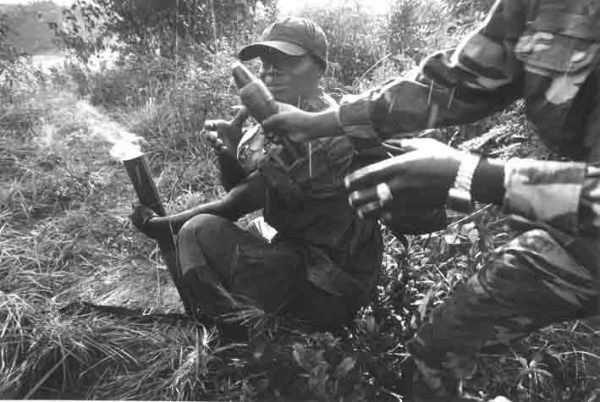



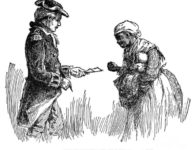
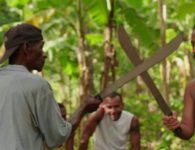
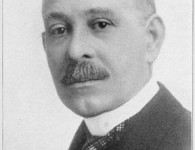



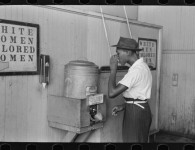
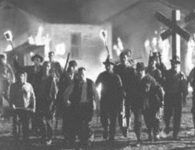

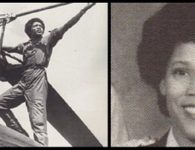






4 Comments
Have you ever thought about writing an ebook or guest authoring on other blogs?
Good day! This is kind of off topic but I need some guidance from an established blog.
Is it difficult to set up your own blog? I’m not very techincal but I can figure
things out pretty fast. I’m thinking about creating
my own but I’m not sure where to start. Do you have any points or suggestions?
Appreciate it
Found this on yahoo and I’m happy I did. Well written post.
I’m gone to say to my little brother, that he should also pay a visit this web site on regular basis to get updated
from newest news update.